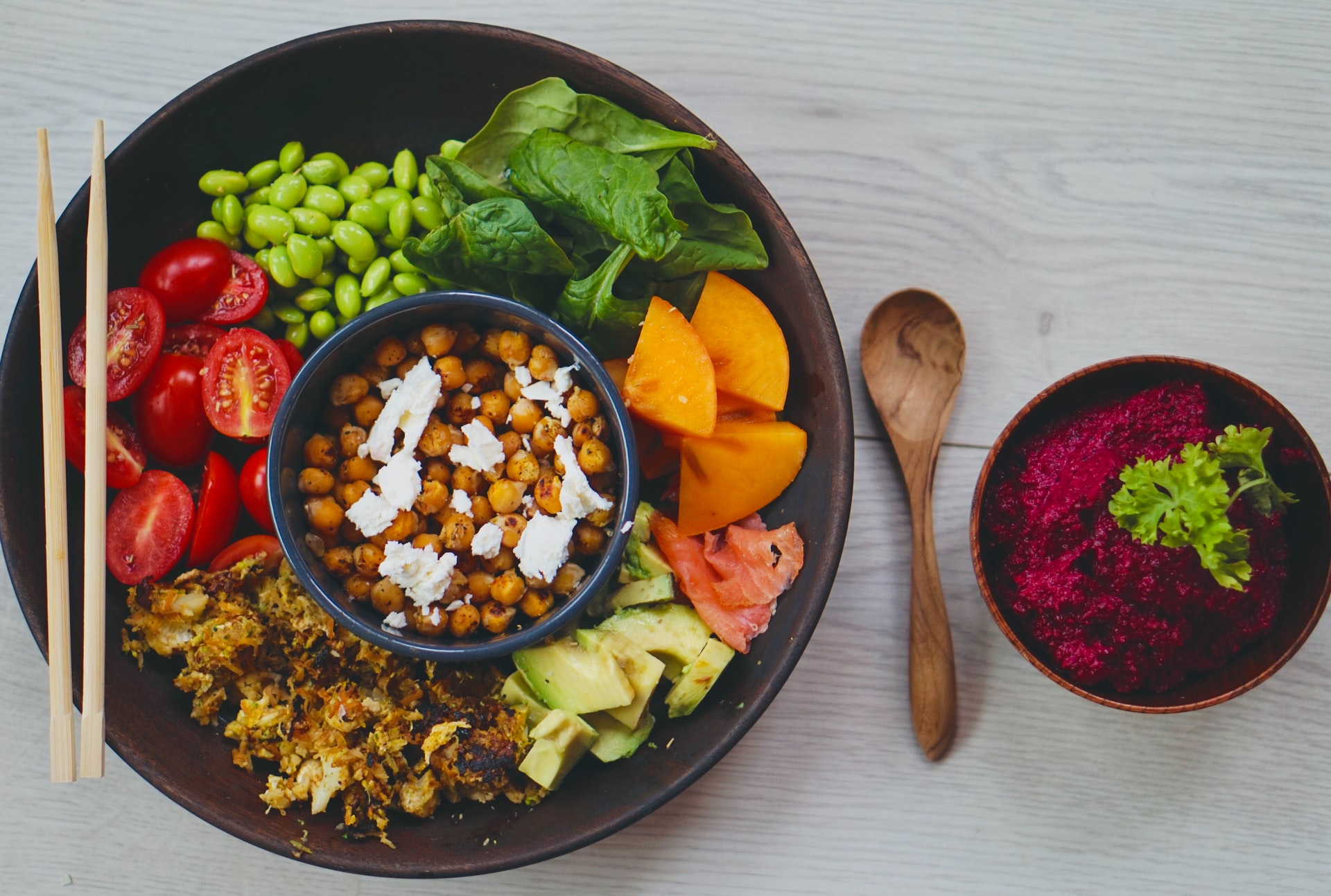A ‘Non-industrialised’ Style Diet can Reduce Risk of Chronic Disease

Researchers have found that a newly developed diet inspired by the eating habits of non-industrialised societies can significantly reduce the risk of a number of chronic diseases typical of processed, low-fibre industrialised diets – and are to share recipes with the public.
Their paper, published in Cell, shows that a newly developed diet that mimics eating habits in non-industrialised communities led to significant metabolic and immunological improvements in a human intervention study. In just three weeks the diet:
- Promoted weight loss
- Decreased bad cholesterol by 17%
- Reduced blood sugar by 6%
- Reduced C-reactive Protein (a marker of inflammation and heart disease) by 14%
These improvements were linked to beneficial changes in the participants’ gut microbiome, the home to trillions of bacteria that play a vital role in our health, influencing digestion, immunity, and metabolism. The research was conducted by an international teams of scientists led by Professor Jens Walter, a leading scientist at University College Cork. The human trial was performed at the University of Alberta in Canada, Prof Walter’s previous institution.
“Industrialisation has drastically impacted our gut microbiome, likely increasing the risk of chronic diseases.” explained Prof Walter, who is also a Principal Investigator at APC Microbiome Ireland, a world-renowned Research Ireland centre
“To counter this, we developed a diet that mimics traditional, non-industrialised dietary habits and is compatible with our understanding on diet-microbiome interactions. In a strictly controlled human trial, participants followed this diet and consumed L. reuteri, a beneficial bacterium prevalent in the gut of Papua New Guineans but rarely found in the industrialised microbiomes.”
The study demonstrated that the new diet entitled NiMeTM (Non-industrialised Microbiome Restore) diet enhanced short-term persistence of L. reuteri in the gut.
However it also improved microbiome features damaged by industrialisation, such as reducing pro-inflammatory bacteria and bacterial genes that degrade the mucus layer in the gut. These changes were linked to improvements in cardiometabolic markers of chronic disease risk.
Although participants did not consume fewer calories on the NiMe diet, they lost weight, and the diet alone led to considerable cardiometabolic benefits.
In previous research, Prof Walter’s team, studying the gut microbiome in rural Papua New Guinea, found that individuals there have a much more diverse microbiome, enriched in bacteria that thrive from dietary fibre, and with lower levels of pro-inflammatory bacteria linked to western diet. This information was used to design the NiMeTM diet.
The NiMeTM diet shares key characteristics of non-industrialised diets:
- Plant-based focus, but not vegetarian: Primarily made up of vegetables, legumes, and other whole-plant foods. One small serving of animal protein per day (salmon, chicken, or pork).
- No dairy, beef, or wheat: Excluded simply because they are not part of the traditional foods consumed by rural Papua New Guineans.
- Very low in processed foods that are high in sugar and saturated fat.
- Fibre-rich: Fibre content was 22 grams per 1000 calories – exceeding current dietary recommendations.
“Everybody knows that diet influences health, but many underestimate the magnitude”, said Prof. Walter.
Commenting on this study, Prof. Paul Ross, Director of APC Microbiome Ireland, said: “This study shows that we can target the gut microbiome through specific diets to improve health and reduce disease risk. These findings could shape future dietary guidelines and inspire the development of new food products and ingredients, as well as therapeutics, which target the microbiome”.
“The recipes from the NiMe Diet will be posted to our Instagram ( @nimediet ) and Facebook pages, and they will also be included in an online cookbook soon. It is important to us to make these recipes freely available so that everyone can enjoy them and improve their health by feeding their gut microbiome,” said Dr Anissa Armet from the University of Alberta, a registered dietitian that designed the NiMe diet and one of the lead authors of the publication.
Source: University College Cork




